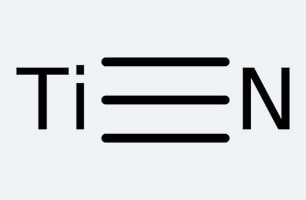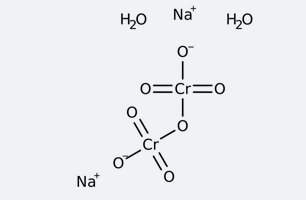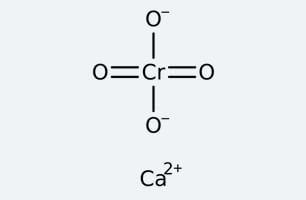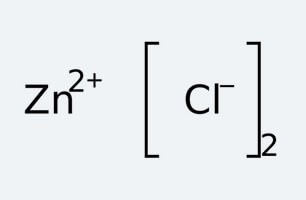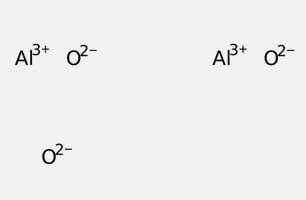- AquaPhoenix Scientific (2)
- Avantor (180)
- Corning (1)
- Doe and Ingalls (1)
- Fisher Bioreagents (57)
- Fisher Chemical (592)
- Fisher Scientific (1075)
- Fisherbrand (1075)
- Honeywell Fluka (781)
- Honeywell Research Chemicals (863)
- J.T.Baker (21)
- LaMotte Company (1)
- LabChem (2)
- MP Biomedicals, Inc (452)
- Maybridge (12230)
- MilliporeSigma Supelco (2)
- MilliporeSigma (221)
- Promega Corporation (1)
- R&D Systems (9)
- Ricca Chemical Company (247)
- Spectrum Chemical Manufacturing Corporation (108)
- Spex CertiPrep (24)
- TCI (10)
- Tocris (9)
Salts and Inorganics
Inorganics are elements and compounds, including carbon monoxide, carbon dioxide, carbonates, cyanides, cyanates, and carbides, that do not contain a carbon-hydrogen bond. This group also includes carbon allotropes such as graphite and graphene.
Because organic chemicals include only those that contain carbon atoms bonded to hydrogen atoms, the majority of elements in the periodic table and most substances in the material world are considered to be inorganic chemicals.
Because organic chemicals include only those that contain carbon atoms bonded to hydrogen atoms, the majority of elements in the periodic table and most substances in the material world are considered to be inorganic chemicals.
Examples of common everyday inorganic compounds are water, sodium chloride (salt), sodium bicarbonate (baking soda), calcium carbonate (dietary calcium source), and muriatic acid (industrial-grade hydrochloric acid).
Inorganic compounds typically have high melting points and variable degrees of electrical conductivity. These properties make them useful in a wide range of applications:
- As a nitrogen source in fertilizers
- As catalysts in the production of plastics, fibers, and, polyurethanes
- In jet and rocket fuels and explosives
- As reagents in polymers like polyvinyl chloride and agrochemicals such as pesticides and soil treatments
- In pharmaceutical manufacturing
- As chemicals for water treatment and sterilization
- As pigments in paints, paper, ink, plastics, fibers, food, cosmetic, and other products
Inorganic compounds can be classified based on their components, and the bonds between them may be ionic or molecular:
- Hydrides: Contain hydrogen or H− ions
- Nitrides: Contain N3− ions
- Phosphides: Contain P3− ions
- Sulfides: Contain S2− ions
- Oxygen-containing: Oxides, hydroxides, carbonates, nitrates, phosphates, and sulfates
Binary ionic compounds are among the simplest inorganic compounds. These include salts comprised of related numbers of positive ions or cations and negative ions or anions so that the final compound is electrically neutral. The number of anions is balanced against the electrical charge of the parent cation.
Inorganic compounds are named after the parent element of the cation, followed by the root of the anion element and the suffix “–ide.”
Examples of these salts include sodium chloride (NaCl), potassium bromide (KBr), calcium chloride (CaCl2), and magnesium bromide (MgBr2).
The transition metal elements (including the elements in the lanthanide and actinide series) bridge the area between the main groups (the two far left and six far right columns) of the periodic table. The transition metals are similar to the metals in the main groups in the following ways:
- Look like metals
- Are malleable and ductile
- Conduct heat and electricity
- Form positive ions
However, the transiton metals also differ from the metals in the main groups:
- Both groups form salts, but transition metals are more likely to form metal complexes with excess anions (FeCl4-, HgI42, and Cd(OH)42-)
- Transition metals are more likely to form covalent bonds
- Salts of transition metals typically form complex ions called coordination complexes that have unique structures due to the 3d orbitals of the transition metals; examples include [Fe(OH2)6]3+ and [Co(OH2)6]2+



